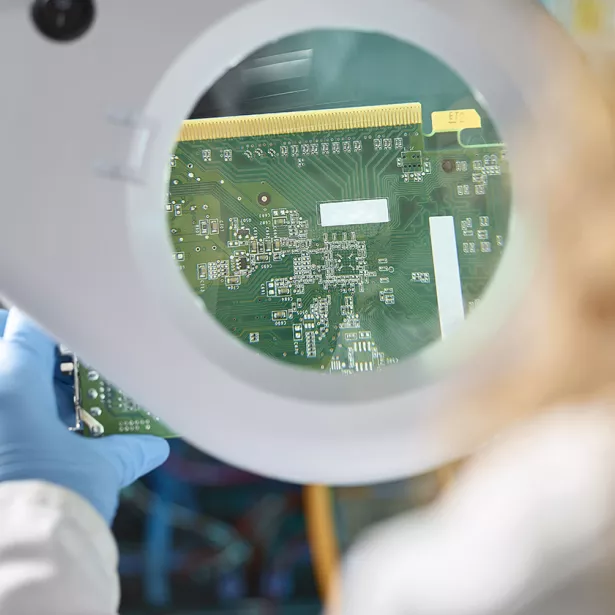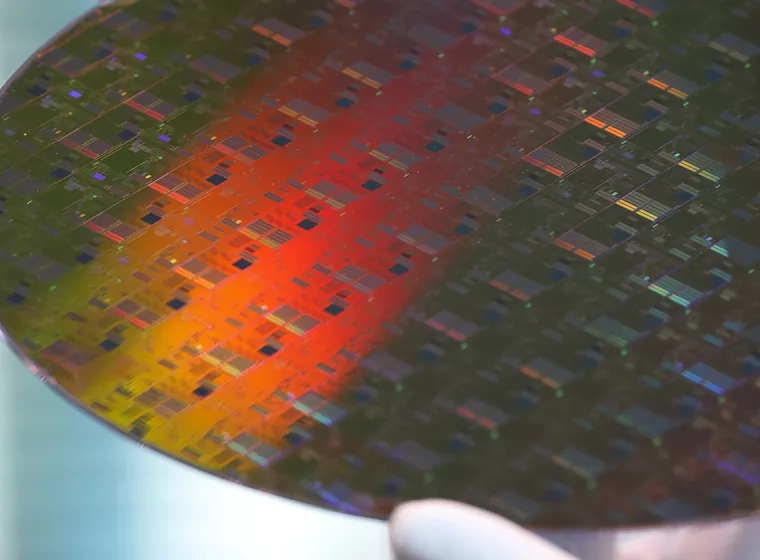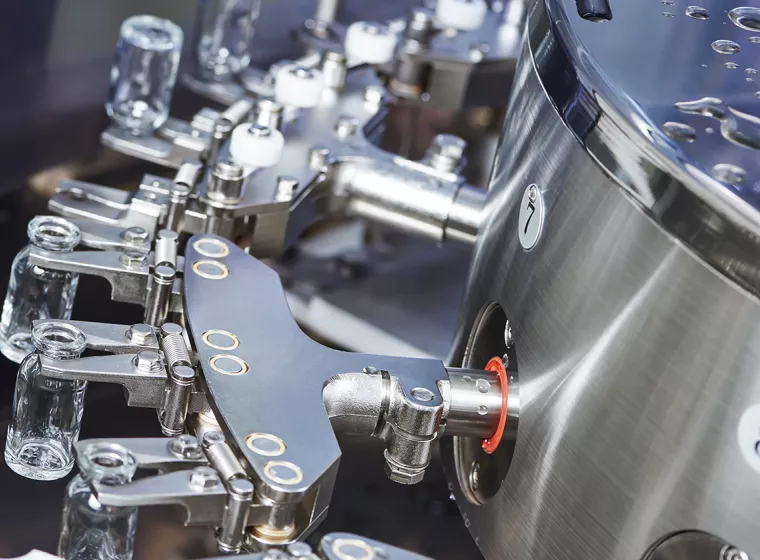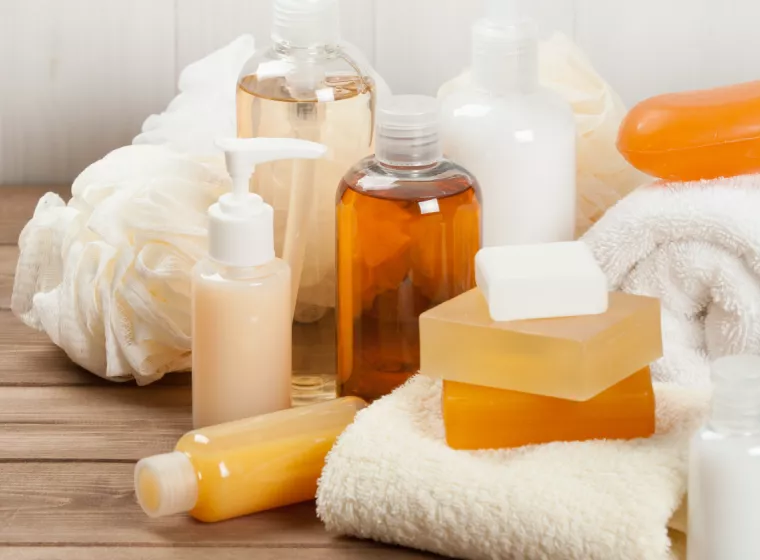August 28, 2024

Five ways bringing new insights to safety design reviews can support product reliability
Safety design review is a critical step in the product development process, supporting the performance, safety, and reliability of finished products. Safety design reviews are complex undertakings, requiring careful consideration of real-world use, foreseeable misuse, environmental and operating conditions, aging, and more. Importantly, many product failures and recalls occur even though they underwent testing and were fully compliant with existing safety standards and regulations.
While products can fail or malfunction in the hands of users for a variety of reasons, year over year, recall statistics underscore the high stakes associated with overall product safety and performance. The Hong Kong Trade Development Council (HKTC) tracks recalls from mainland China, the world's largest product manufacturer, drawing on data from the U.S. Consumer Product Safety Commission. According to HKTC, in 2022:
- There were 81 recalls affecting 7.4 million units involving products for adults and 68 recalls affecting 1.9 million units involving products for children.
- There were 53 recalls affecting 4.8 million units involving fire and electric shock hazards.
- There were 21 recalls affecting 831,880 units involving suffocation and choking hazards.
- There were 15 recalls affecting 665,023 units involving lead content.
Consumer harm and resulting reputational damage, mistrust, legal repercussions, and financial loss can put a business's future at risk — or end it altogether. Thorough safety design reviews are a critical step in mitigating and managing risk effectively.
Even for compliant or legacy products, re-releases or small changes in suppliers or components can have unanticipated effects and add up over time, leading to substantial risk.
New perspectives on safety
Product designers and decision makers may wonder how they can benefit from seeking fresh input on safety design reviews when they have experienced in-house design teams. However, given the time and competitive pressures to bring new products to market, stakeholders can gain speed as well as uncover potential product vulnerabilities by bringing in fresh eyes and an independent perspective to safety design reviews.
Likewise, even for compliant or legacy products, re-releases or small changes in suppliers or components can have unanticipated effects and add up over time, leading to substantial risk. Proactively gaining new perspectives on product safety, and incorporating them into future designs, can reveal issues and opportunities that otherwise might go unnoticed. Here are five ways independent safety design reviews can benefit even seasoned design teams:
- Go beyond standards — Product safety tests based solely on existing regulations and regional compliance only meet basic minimum criteria and are often limited to specific use cases. Such tests do not eliminate the risks associated with product use that existing regulations and standards fail to consider, such as broad foreseeable use and misuse scenarios or changing environmental conditions. Standards may not even exist for new and innovative products. This illustrates the value of safety design reviews oriented toward deep investigation of what could go wrong versus compliance alone and why many companies choose to test beyond standard specifications.
- Go beyond industry — While some product risks are industry specific, many are not. In addition, product teams can often be segmented, sometimes resulting in blind spots between component suppliers and integrators, as well as between new and similar products within a product portfolio. A safety design review that applies cross-industry knowledge from many product categories to components and functional performance questions can help manufacturers better anticipate challenges relevant to safety and performance.
- Embed fresh insights — Objective review is crucial to identifying and mitigating potential safety issues — and the best way to gain an impartial perspective on designs, test data, and safety challenges is to pursue new ways of looking at a product. This strategy can identify and help address risks that may be overlooked by a designer/design team that is experiencing time-to-market pressure or those who have worked on several generations of a product without broader industry perspective.
- Gain efficiency — Today's integrated, interconnected products are complex, frequently requiring diverse areas of expertise to build and bring to market. Accordingly, it may take engineers and scientists across multiple disciplines to tackle a single safety issue. For instance, safety design reviews for consumer electronics generally involve identifying risks related to mechanical, chemical, and electrical functions, with several interdependencies. Leveraging expertise that might not be embedded in the product design team could be critical to accurately identifying and resolving safety issues.
- Focus on user experience — Once a product is designed and built for an intended use and function, it can be difficult to predict how it might actually be used, by whom, in what settings, and for how long, once it hits the market. In addition to thinking about what could go wrong with a product, perspectives that add knowledge of the ways products age, human behavior, ergonomics, and the needs and expectations of end users can all add significant value to a standard safety design review.
What Can We Help You Solve?
Exponent offers multidisciplinary expertise in numerous aspects of the regulations, testing, safety, and reliability of consumer products across sectors, including home appliances, electronics, and personal care products, as well as their packaging materials and final package design.
Insights








![Risk & Safety Analysis [ME]](/sites/default/files/styles/cards_home_card/public/media/images/GettyImages-1023136634.jpg.webp?itok=XS9Nc-EE)

